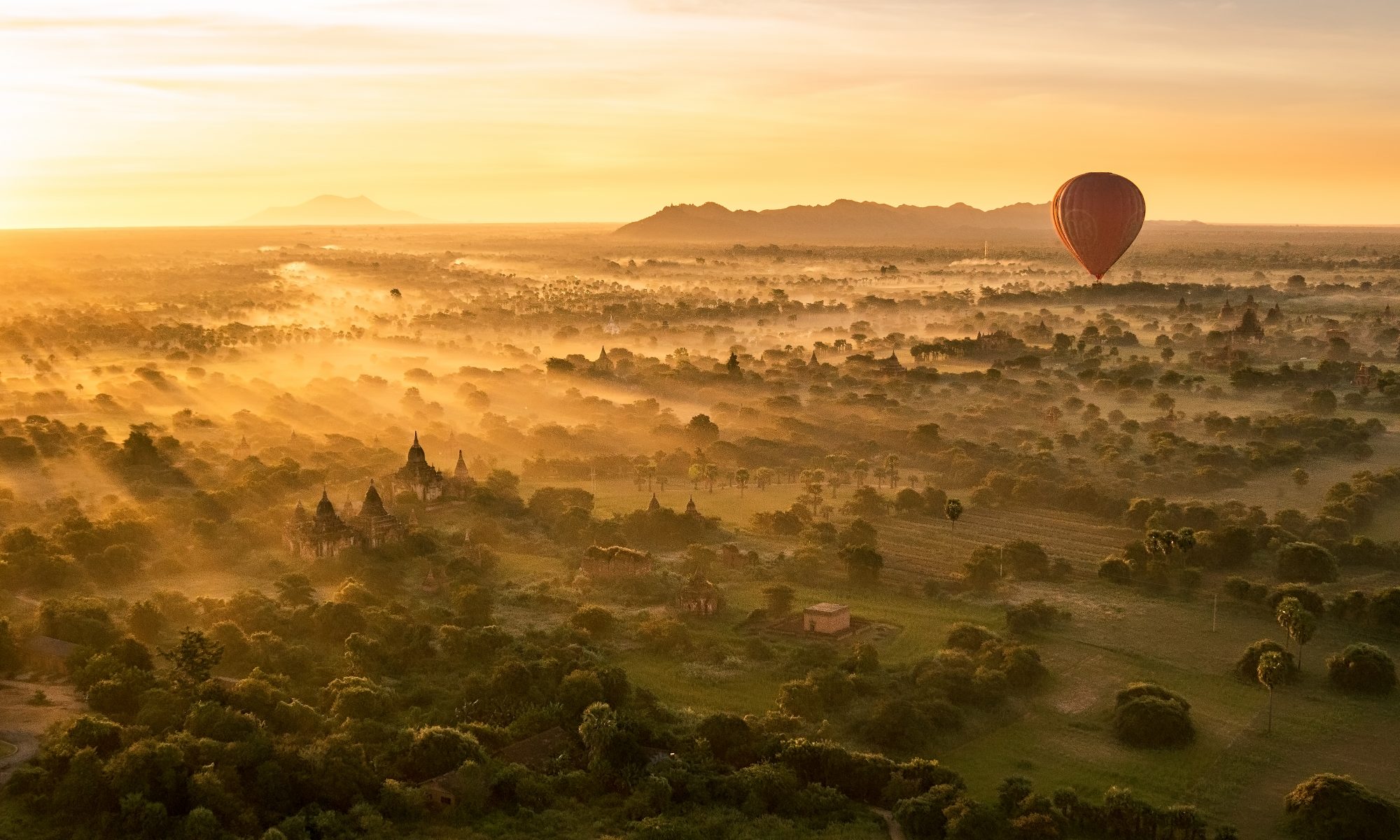Before travelling to Myanmar I had read that getting cash may be an issue, that the country was moving away from the US dollar and trying to increase the use of Kyats (pronounced similar to “chat”). As we were travelling around South East Asia we took bunch of crisp US Dollars (USD) to both spend and exchange when we arrived in countries with closed currencies. On arrival at Yangon airport (international terminal) there is a row of currency exchangers right outside arrivals with various different rates on show in the windows relating to different currencies. I chose the one with the best and duly asked for the amount I wanted. Now this is the important bit if you have new (the ones with the blue strip down the middle), pristine, dollar bills of higher values (i.e. $100) you will get a better exchange rate. The exchange rate I got at the airport using my shiny new $100 bills was the best I saw in my entire time in the country. I also took bunch of smaller bills which I didn’t exchange to use as well.
So how much kyat do you need? Well we stayed in fairly good hotels which were all pre booked through Agoda. You can guarantee a booking without having to pay until a couple of days before your check in date and the cancellation policies are also pretty good if your plans change, which ours did. As these were all paid for through Agoda I didn’t have to worry about carrying the cash to pay for my accommodation. There were a couple of hotels I had booked direct and all of them took either VISA or Mastercard credit cards with a small fee (about 2-3%), as I said these were all fairly good hotels so I am not sure what others would be like. The only thing I therefore needed cash for was local transport, food, souvenirs etc. When I ate at the hotels or booked something though them they always wanted USD and weighted the exchange rate to Kyat to encourage the use of USD (anywhere from 10 to 30%), however when we were out and about at local restaurants, or in markets, the use of either Kyat or USD was accepted although I always got the impression the USD was preferred even by the locals.
Notwithstanding the above, most foreigners have to pay to enter temples or the reservations at Inle and Bagan and for these, Kyat was the currency of choice.
Transport was cheap, with a taxi ride across Yangon costing around £2. Food varied depending on the sort of restaurants you frequent. You could easily pay £30+ for a meal for two in a decent hotel. Meals in local restaurants were a fraction of that and two people can easily eat and drink for less than £10. The usual warning apply to eating in, and booking things through, hotels. A car from the airport to the hotel cost roughly four times more than a local taxi in Yangon, but you might want to take this option when first arriving for the sake of convenience.
I didn’t actually use all the cash I had with me but there were ATMs in almost every hotel I stayed in and there were a few dotted around in the bigger towns. In terms of my credit card working in Myanmar, I tested all of mine which included MasterCard (with Lloyds Bank), VISA (with Barclay card), my other half also used his HSBC VISA with no issues. American Express was not accepted.
If you do end up with some leftover Kyat when leaving Myanmar you can change it back to USD (at the slightly worse rate) at Yangon airport however you must do this before you go through security. When you are air side there are no currency exchange booths the only way to get rid of it is to spend it in the remarkably well stocked duty free with an exchange rate weighted to discourage you. I found myself in this exact position but luckily needed to replace my sunglasses so was only left with a few souvenir notes and enough for a bizarre Burger King.

